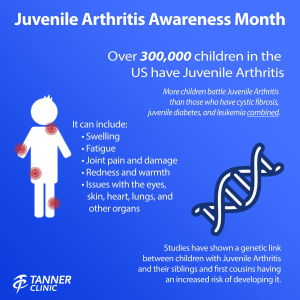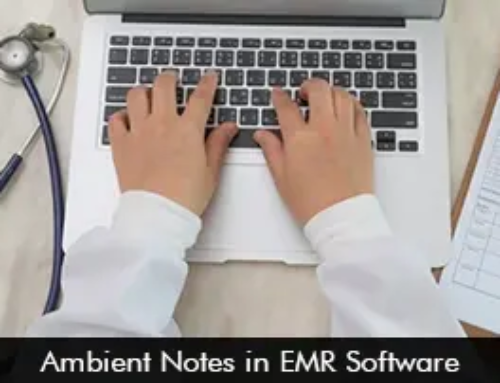Juvenile arthritis is a complex and challenging condition that affects children and adolescents. Causing joint inflammation and persistent pain, juvenile arthritis requires a multi-faceted approach to pain management and coordinated care. EMR software facilitates treatment coordination, tracking patient progress, and ultimately improves the quality of life for young arthritis patients.
Understanding Juvenile Arthritis and its Management
The term juvenile arthritis is an umbrella term for several types of chronic arthritis that affect children under 16. The most common types include:
- JIA – Juvenile Idiopathic Arthritis
- JRA – Juvenile Rheumatoid Arthritis
- JPsA – Juvenile Psoriatic Arthritis
These conditions cause joint swelling, stiffness, and pain, often leading to reduced mobility and functional impairment.
Treatment plans for Juvenile arthritis usually involve non-steroidal anti-inflammatory drugs (NSAIDs), disease-modifying antirheumatic drugs (DMARDs), and physical therapy. Additionally, pain management is a key aspect of juvenile arthritis care. Managing pain effectively can significantly improve a child’s quality of life.
EMR Software in Juvenile Arthritis Pain Management
Centralized Patient Data
First of all, EMR software provides a centralized platform to store and access patient records. This includes medical history, medication details, imaging results, and pain assessment data. As a result of having up-to-date patient information at their fingertips, many healthcare providers are able to make informed decisions and tailor treatment plans.
Juvenile Arthritis Pain Assessment and Tracking
Secondly, EMR systems facilitate standardized pain assessment tools. This allows healthcare providers the ability to monitor pain levels over time accurately. By tracking pain scores and identifying patterns, doctors can adjust treatment plans and medications accordingly. As a result, pain management can function optimally.
Medication Management
Additionally, EMR software helps manage medication regimens. This way they can ensure timely administration and minimize the risk of drug interactions or duplications. Moreover, doctors can use EMR to monitor the effectiveness of prescribed medications and make adjustments as needed.
Communication and Juvenile Arthritis Education
Finally, EMR software facilitates communication between healthcare providers, patients, and caregivers. Doctors can educate patients and their families about juvenile arthritis management, pain coping strategies, and potential treatment side effects. As a result. a collaborative and patient-centered approach is developed.
Comprehensive Care Coordination
Multi-Disciplinary Care Teams
A great communication tool, EMR software supports collaboration among various healthcare professionals. Rheumatologists, physical therapists, occupational therapists, and psychologists are all involved in juvenile arthritis care. This multi-disciplinary approach ensures comprehensive care and a holistic treatment plan.
Treatment Adherence and Follow-up
EMR systems can send automated reminders for follow-up appointments, medication refills, and therapy sessions. Improved treatment leads to better pain management and reduces the risk of disease progression.
Tracking Juvenile Arthritis Patient Progress
Furthermore, EMR software allows doctors to monitor patient progress over time. They are also able to track treatment outcomes and identify trends. This data-driven approach enables doctors to make data-backed decisions, leading to more effective pain management strategies.
Patient Engagement and Empowerment
Patient Portals
Patient portals supported by EMR software provide children and their families uninterrupted access to their health records. This includes pain assessments and treatment plans. Patients can actively participate in their care, understand their condition better, and communicate with healthcare providers securely.
Remote Monitoring
EMR systems also enable remote monitoring of patient’s pain levels and overall health status. Wearable devices and mobile health applications connected to EMR software can track important metrics. These provide valuable insights for doctors to tailor treatment plans.
Juvenile Arthritis Educational Resources
Educational resources such as videos, articles, and support groups are also available in EMR software patient portals. These resources empower patients and their families with knowledge about juvenile arthritis, pain management techniques, and coping strategies.









